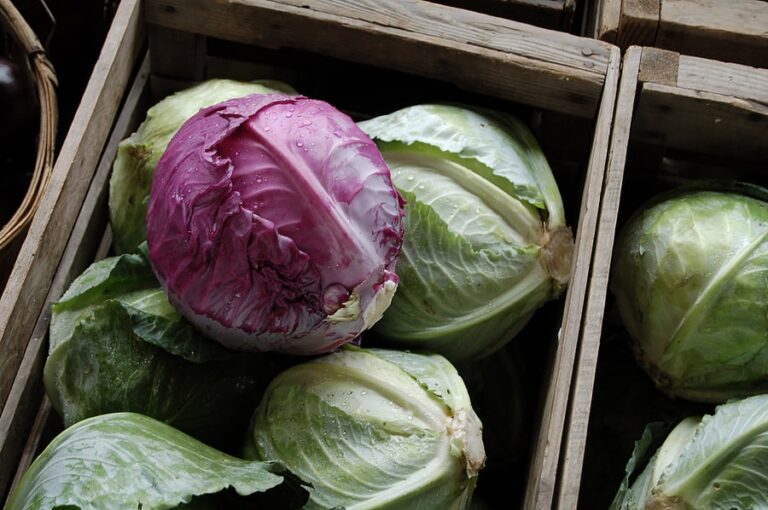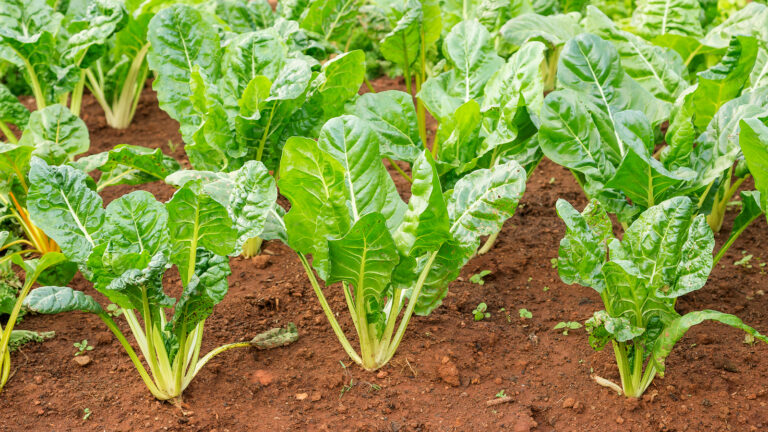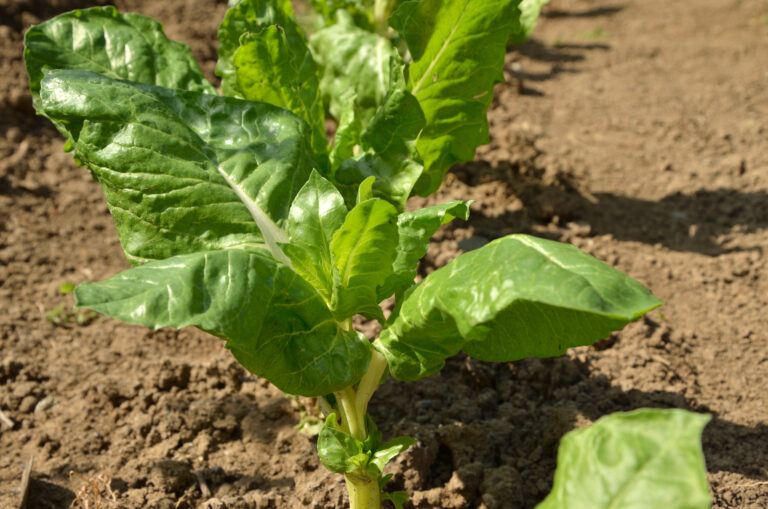Where to Plant Collard Greens: Sun, Soil, and Space Needs
Collard greens thrive when planted in the right spot. Over the past 30 years, I’ve grown collards in both small raised beds and large garden plots, and the location always makes the biggest difference in yield and leaf quality. Choosing the right sun exposure, soil conditions, and spacing helps you avoid pests, prevent stunted growth, and enjoy harvests of crisp, sweet greens for months.
Sunlight Needs for Collard Greens
Collard greens are cool-season vegetables that prefer full sun—at least 6 to 8 hours of direct sunlight daily. In my Sonoma Valley garden, collards grown in half-shade always produced fewer, thinner leaves compared to those in full sun. However, in regions with hot summers, light afternoon shade can help protect leaves from heat stress and bitterness.
Quick Tip: If you’re unsure whether your garden gets enough sun, track sunlight with a phone app or by noting how long an area stays lit throughout the day.
Soil Requirements for Collard Greens
Healthy collard greens start with healthy soil. They prefer:
- Well-drained soil rich in organic matter.
- A pH of 6.0 to 6.8 for best nutrient uptake.
- Consistent moisture without waterlogging.
I recommend working in 2–3 inches of compost or aged manure before planting. In my own beds, adding composted chicken manure not only boosted leaf size but also deepened the green color of the crop.
Pro Tip: Test your soil every couple of years. Simple test kits from garden centers can help you adjust pH and nutrients for healthier plants.
Spacing for Collard Greens
Collards need room to spread their large, broad leaves. Crowding them encourages pests and reduces airflow, which can lead to fungal diseases.
- In rows: Space plants 18 to 24 inches apart.
- In raised beds: Plant on a 12 to 18 inch grid.
- In containers: Choose pots at least 12 inches deep and wide for each plant.
From experience, wider spacing produces stronger stems and larger leaves. I often plant collards equidistantly in wide rows, following the “NEW” method (Narrow bed, Equidistant planting, Wide rows) — a system I’ve used successfully for decades.
My Experience
Choosing the right location for collard greens—ample sun, nutrient-rich soil, and proper spacing—sets you up for a season of success. With the right foundation, collards will reward you with tender, nutritious greens from the cool days of spring through the frosts of fall.
Quick Reference: Sun, Soil, and Space Needs for Collard Greens
| Growing Requirement | Best Practice | My Experience Tip |
|---|---|---|
| Sunlight | 6–8 hours full sun daily | Afternoon shade helps in hot summers to keep leaves tender. |
| Soil Type | Well-drained, rich in organic matter | Add 2–3 inches of compost before planting for greener, larger leaves. |
| Soil pH | 6.0–6.8 | Use a simple soil test kit every 2 years to fine-tune nutrients. |
| Moisture | Consistently moist, not waterlogged | Mulch keeps soil cool and reduces watering needs. |
| Spacing (in-ground) | 18–24 inches apart | Wider spacing = larger leaves and better airflow. |
| Spacing (raised beds) | 12–18 inches on a grid | Works well with my equidistant “NEW” method. |
| Spacing (containers) | One plant per 12-inch pot | Use lightweight, rich potting mix to avoid root compaction. |







